Testicular Lumps - A Guide to Manage Cysts and Swelling
Nov. 24, 2023 #Prostate Cancer
Defining Testicular Lumps:
Testicular lumps refer to abnormal masses or swelling in one or both testicles. These lumps can vary in size, texture, and presentation, and they may or may not be accompanied by pain. It's crucial to note that while not all testicular lumps indicate a serious condition, prompt evaluation by a healthcare professional is essential to rule out any potential issues, including testicular cancer.
Causes of Testicular Lumps:
Several factors can contribute to the development of testicular lumps, ranging from benign conditions to more serious concerns. Common causes include:
Epididymal Cysts:
Benign cysts that form in the epididymis, a coiled tube behind the testicle. These cysts are usually painless and don't pose a significant health risk.
Varicoceles:
Enlarged veins within the scrotum, similar to varicose veins, that can cause swelling and discomfort. While varicoceles are often harmless, they can affect sperm production and fertility in some cases.
Hydroceles:
Accumulation of fluid in the sac around the testicle, leading to swelling. Hydroceles are typically painless and may be present at birth or develop later in life.
Infections or Inflammation:
Infections of the testicle or epididymis, such as epididymitis or orchitis, can cause swelling and pain. These conditions are often associated with bacterial or viral infections.
Testicular Torsion:
A medical emergency where the spermatic cord twists, cutting off blood supply to the testicle. This can result in severe pain and swelling and requires immediate medical attention.
Testicular Cancer:
While less common, testicular lumps can be indicative of testicular cancer. Testicular tumors may present as painless masses or lumps within the testicle.
Symptoms of Testicular Lumps:
The symptoms associated with testicular lumps can vary based on the underlying cause. Common signs include:
Swelling or Enlargement:
Noticeable changes in the size or shape of one or both testicles.
Pain or Discomfort:
Pain or aching sensation in the testicle, scrotum or groin area.
Changes in Consistency:
Alterations in the texture or firmness of the testicle or the presence of a palpable lump.
Fluid Accumulation:
Presence of fluid in the scrotum, leading to a feeling of heaviness or swelling.
Redness or Warmth:
In cases of infection or inflammation, the scrotal skin may appear red and feel warm to the touch.
Testicular Torsion Symptoms:
Sudden, severe pain, swelling and potential nausea or vomiting.
It's crucial to emphasize that any persistent changes, pain, or abnormalities in the testicles should be promptly evaluated by a healthcare professional for an accurate diagnosis.
Diagnosis of Testicular Lumps:
Diagnosing the cause of testicular lumps involves a combination of medical history assessment, physical examination, and additional tests:
Medical History:
The healthcare provider will inquire about the onset of symptoms, associated pain, changes in size or texture and any relevant medical history.
Physical Examination:
A thorough examination of the testicles, scrotum and groin, to assess for swelling, tenderness, or abnormalities should be conducted.
Imaging Studies:
Ultrasound imaging is commonly used to visualize the testicles and surrounding structures. This non-invasive test provides detailed images to help identify the nature of the lump.
Blood Tests:
Blood tests may be conducted to assess for markers associated with infection, inflammation, or, in some cases, testicular cancer.
Biopsy (if necessary):
In cases where testicular cancer is suspected, a biopsy may be performed to analyze a tissue sample for the presence of cancer cells.
Treatment of Testicular Lumps:
The treatment approach for testicular lumps depends on the underlying cause:
Observation:
Benign conditions such as epididymal cysts or varicoceles may not require active intervention. Regular monitoring and observation may be recommended.
Medication:
In cases of infection or inflammation, antibiotics or anti-inflammatory medications may be prescribed to alleviate symptoms.
Surgery:
Surgical intervention may be necessary for certain conditions, such as hydroceles, varicoceles or in cases of testicular torsion.
Testicular Cancer Treatment:
Treatment for testicular cancer often involves surgery to remove the affected testicle (radical orchiectomy). Additional treatments, such as chemotherapy or radiation therapy, may be recommended based on the type and stage of the cancer.
Frequently Asked Questions (FAQs):
Are all testicular lumps cancerous?
No, many testicular lumps are benign and not associated with cancer. However, any new or persistent lump should be evaluated by a healthcare professional to determine the cause.
What should I do if I notice a lump in my testicle?
Seek medical attention promptly. A healthcare provider can perform a thorough examination, order necessary tests, and determine the appropriate course of action.
Is testicular cancer common?
Testicular cancer is relatively rare compared to other types of cancer. However, it is the most common cancer in young men aged 15 to 34.
Can testicular cancer be cured?
In many cases, testicular cancer is highly treatable, especially when detected early. The prognosis and treatment plan depend on the type and stage of the cancer.
Is testicular torsion a medical emergency?
Yes, testicular torsion is a medical emergency that requires immediate attention. Delayed treatment can result in the loss of the affected testicle.
Can testicular lumps affect fertility?
Some conditions, such as varicoceles, can impact sperm production and fertility. Consulting with a healthcare professional can provide insights into specific concerns.
Is a biopsy always necessary for diagnosing testicular lumps?
A biopsy is not always necessary, and healthcare providers typically use a combination of medical history, physical examination and imaging studies for diagnosis. Biopsies are more commonly performed when testicular cancer is suspected.
Can I prevent testicular lumps?
While not all causes of testicular lumps are preventable, practicing good hygiene and seeking prompt medical attention for any changes or concerns can contribute to early detection and timely intervention.
What is the recovery time after testicular surgery?
Recovery time varies depending on the type of surgery. Patients may need to take it easy for a few days to weeks and follow their healthcare provider's recommendations for postoperative care.
Can testicular cancer recur after treatment?
While recurrence is possible, regular follow-up appointments and monitoring can help detect and address any signs of recurrence early on.
In conclusion, testicular lumps can have various causes and a thorough evaluation by a healthcare professional is essential for accurate diagnosis and appropriate treatment. Early detection and timely intervention play a crucial role in addressing testicular health concerns and ensuring optimal outcomes. If you notice any changes or abnormalities in your testicles, do not hesitate to consult with a healthcare provider for guidance and evaluation.

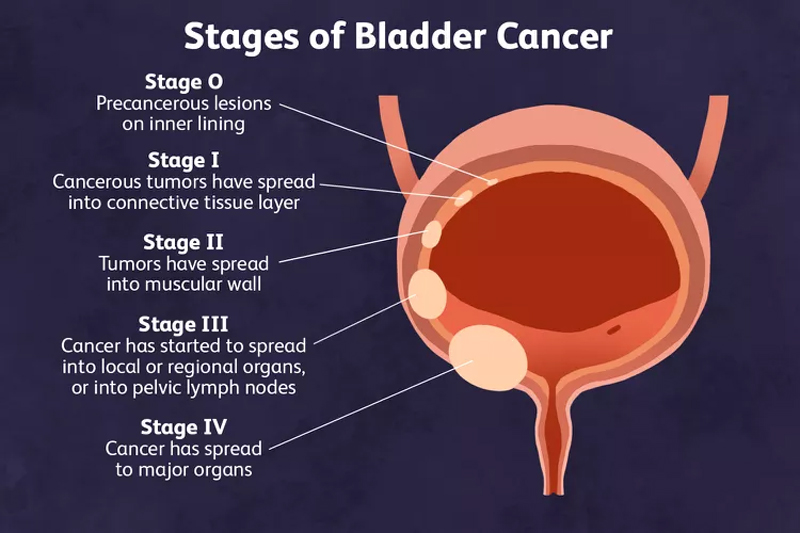





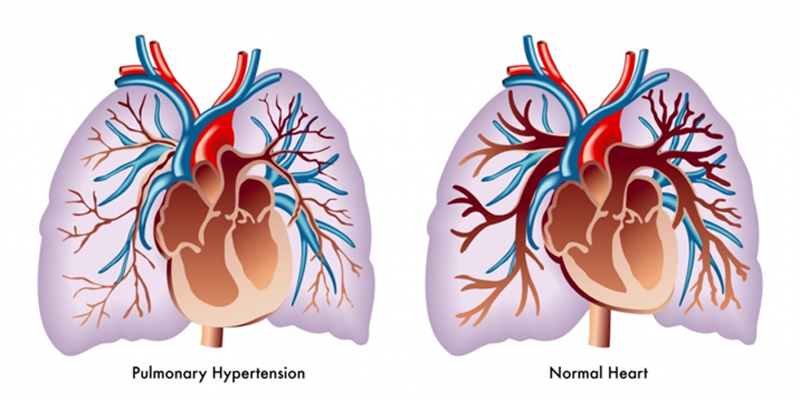
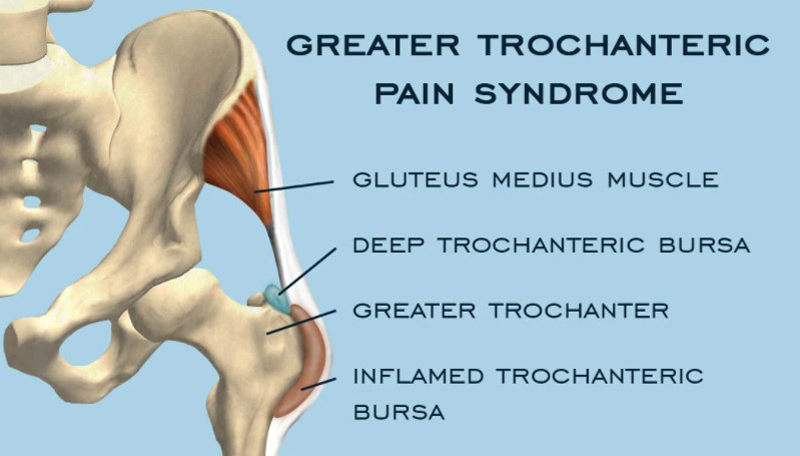
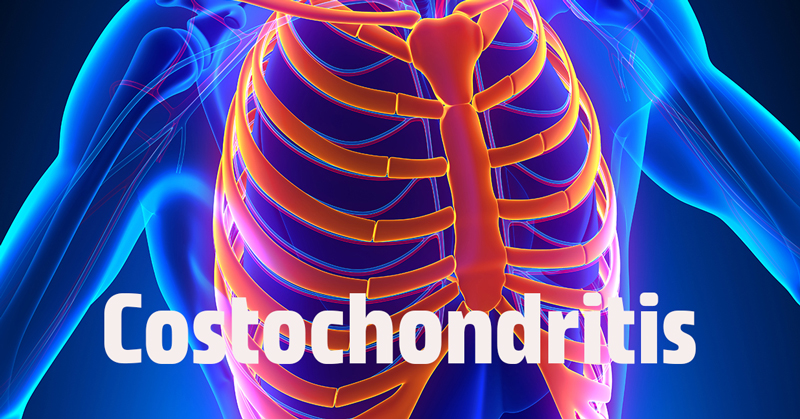
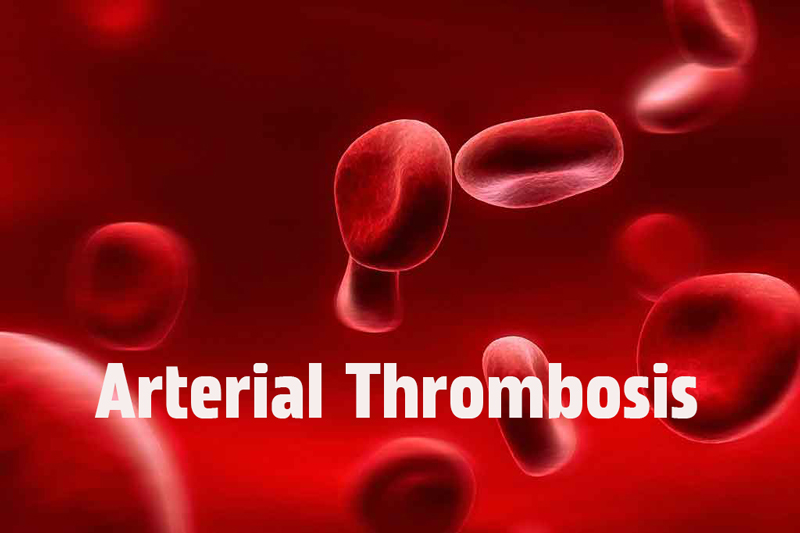
COMMENTS